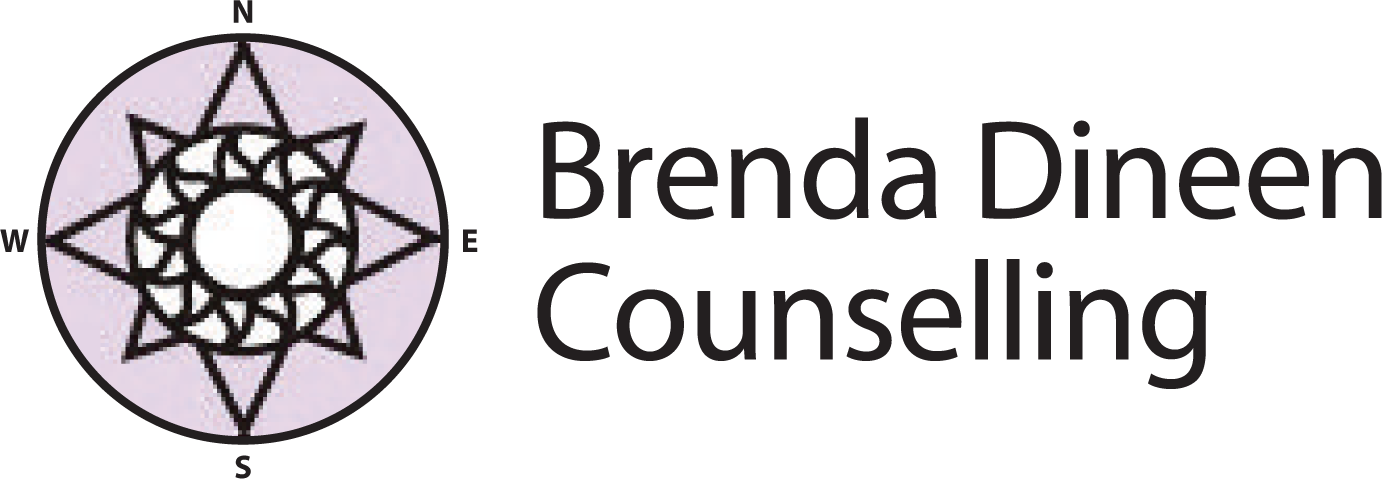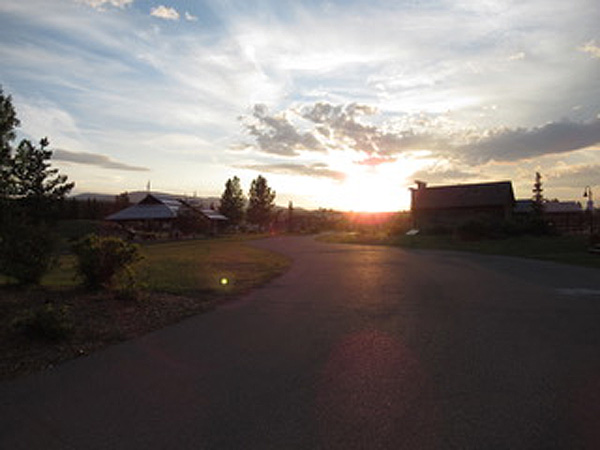YUKON: Land of the Midnight Sun
Whitehorse 11pm in early July, one of the many photos I took on my trip.
In early July, I went up to the Yukon to see part of Canada’s North. I have lived in three provinces: Ontario, Manitoba and BC, and visited most of the others. What is the North like? I wondered. I flew up there to check it out.
The Yukon is a scenic landscape of many lakes, rivers and mountain ranges. The grandeur and beauty of the land and vast wilderness are spectacular.
Whitehorse is the capital and is situated on the banks of the fast-flowing Yukon River. The town has about 30,000 residents and many people who live there have migrated from other parts of the country. People I spoke to said they really love the North and have no intentions of moving down south.
Yes, there is midnight sun in early July! I went outside at 11 pm and the sun was just starting to go down. I loved the amount of light that filled the town and surrounding hills late at night. In the winter, which is long and dark, people enjoy snowmobiling, cross-country skiing and other outdoor activities.
There was a lot of smoke from forest fires from both Alaska and Yukon the day I arrived. Fortunately, this cleared on the second day. I asked if there is a ‘forest fire season’ and people said No, there can be fires during any month. Climate change is evident here.
I drove south to Carcross, and loved the beauty of Miles Canyon, a section of the Yukon River with very green water and high rugged river banks. Carcross is a lakeshore village, about an hour’s drive south of Whitehorse that’s filled with Gold Rush and First Nations history. It is the traditional territory of the Carcross/Tagish First Nation and is a stronghold of Tlingit Culture (sounds like ‘Klingit’). The name of this village originates from ‘Caribou Crossing’, for the herds of caribou that once migrated through the narrow strip of land between Bennett and Nares lakes in the days before the Gold Rush (late 1890s). The Commons is filled with shops and restaurants all with First Nations paintings on the front… see photos. You can drive or take a train south to Skagway, Alaska, which is a port for many cruise ships arriving from Seattle and Vancouver.
The Yukon Wildlife Preserve is about a half hour drive outside of Whitehorse and is a definite ‘must see’ if you ever go to the Yukon. I took the slow-moving tour bus, for the 5 km tour around the 800 acres, guided by an enthusiastic naturalist who explained all the animals, their habitats etc. We stopped frequently and took photos of bison, elk, caribou, deer, fox, lynx, Dall sheep, and mountain goats. We watched the animals graze and rest in very expansive and natural settings. It was a real treat to see these animals up close and also to have the naturalist answer our questions.
The next day I drove west to Haines Junction along the historic Alaska Highway. There were gorgeous mountains on either side as well as lakes. Somewhat obscured by the haze of smoke. Kathleen Lake is a beautiful sight and there are campgrounds there surrounded by very high mountains.
I pulled into a rest stop, and a red fox came trotting up to my car. I got out my camera, but I had a hard time getting a good photo. Maybe he was just curious. He wasn’t very big, but he was very cute and had a big bushy tail.
The Visitor Information Centre was a great place to go to get maps, directions and suggestions for travel. I found Visitor Information Centres and also First Nations Centres in all the towns I visited and they all had beautiful buildings, were well-staffed, and great sources of information and support.
I visited quite a number of wonderful museums in Whitehorse, and highly recommend the Beringia Interpretive Centre. It’s a fabulous multimedia exposition featuring life-size exhibits of animals of the last ice age, a full-size cast of the largest woolly mammoth ever recovered in North America, as well as interactive computer kiosks and dioramas depicting the unique landscape, flora and fauna of Beringia. I became fascinated by the history of the lost sub-continent of Beringia dating back to the last great ice age. While the rest of Canada lay frozen under massive sheets of ice, a region encompassing eastern Siberia, Alaska and Yukon remained untouched by glaciers. Sea levels dropped by as much as 125 metres and a grassy tundra appeared, supporting an astonishing variety of animal and plant life. This is a ‘must see’ if you like history.
The annual Adaka Festival was happening in Whitehorse the week I was there. It was held at the Kwanlin Dun Cultural Centre, right beside the Yukon River. There were workshops and evening concerts. Adaka means ‘coming into the light’ in the Southern Tutchone language. This festival shines a light on the creative spirit of Yukon First Nations helping to preserve and revitalize their arts and culture. They had Indigenous visual and performing artists from every Yukon community and from around the world on the performance stages as well as a world-class art gallery.
Before the concert began I spoke to an Elder, Sam Johnston, a clan leader from the Teslin Tlingit Council.
“How many First Nations languages are spoken in the Yukon?” I asked him.
“There are 14,” he said.
“How many people speak Tlinglit?” I asked.
“Only about 200,” he said.
This made me realize that languages can disappear if people are not actively speaking them. Languages are the foundation of First Nations cultures, especially since their oral traditions are so strong.
The first two rows of seats had signs on them: These seats are reserved for our Elders. This is something that is so lacking in our mainstream culture: a deep respect for Elders and their traditional roles.
I was amazed by the passion and the talent put on by the many artists and singers. The MC spoke in both English and a First Nations language. The evening was titled: An Indigenous Language and Song Gala. Performers launched new songs written entirely in First Nation languages. The drumming, guitar, and singing were outstanding, and even though I do not speak any of their languages, their messages came through in the rhythms and the energy that night. I could feel what they were saying in their song and music. There is a very strong impulse and intention to preserve the First Nations languages and this was the theme of the concert gala.
I met people visiting the Yukon from Germany, Chile, Portugal, all parts of the U.S. and other parts of Canada. Many people take extensive driving trips, traveling up to Dawson, then on to Alaska.
I came back from my Yukon trip feeling inspired and so thankful I had the opportunity to see part of our North. I think it is important to visit and experience different parts of Canada. We have a beautiful country. I would like to go back to the Yukon in a season when I could witness the Northern Lights, a spectacle to behold.
Warm Wishes,
Brenda








